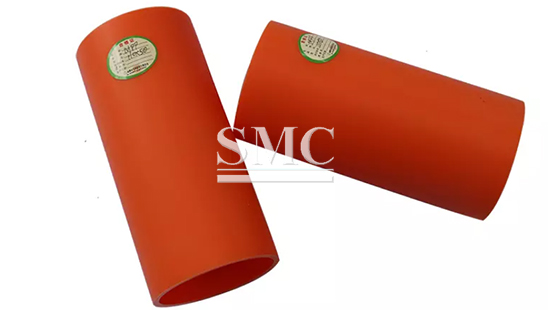Notice: Undefined index: sith_hide_share in /www/sites/alloy.wiki/index/wp-content/themes/likegoogle/single.php on line 32
Deprecated: get_settings is deprecated since version 2.1.0! Use get_option() instead. in /www/sites/alloy.wiki/index/wp-includes/functions.php on line 4862
MPP uses modified polypropylene as the main raw material, and it does not require a large amount of dredging, excavation and road damage, and construction projects such as laying pipes and cables in special sections such as roads, railways, buildings, and river beds. Compared with the traditional “grooving and burying method”, the trenchless power pipe project is more suitable for the current environmental protection requirements. It removes the dust, traffic jams and other disturbing factors caused by traditional construction. This technology can also be used in some cases. Lay pipelines in areas where excavation operations are carried out, such as heritage conservation areas, downtown areas, crop and farmland conservation areas, highways, and rivers.
The commonly used specifications of pipes are from 110mm to 250mm in diameter, which are divided into ordinary type and reinforced type. The ordinary type is suitable for excavation and laying construction and trenchless crossing construction with a buried depth of less than 4M; the reinforced type is suitable for trenchless crossing construction with a buried depth greater than 4M.
Superiority
1. It has excellent electrical insulation.
2. It has high heat distortion temperature and low temperature impact performance.
3. The tensile and compressive properties are higher than HDPE.
4. Lightweight, smooth, low friction resistance, and can be welded by heat.
5. Long-term use temperature-5~70℃.
6. Construction instructions
I. It is strictly forbidden to throw, hit, score, or expose the pipes randomly during transportation and construction.
II. The axis of the two pipes should be aligned during the heat fusion butt joint, and the end face should be cut vertically and flat.
III. The processing temperature, time, pressure and weather conditions are adjusted accordingly.
IV. The minimum bending radius of the pipe should be ≥75 pipe outer diameter.

The connection method is as follows:
1. Hot melt connection
This method, as the name suggests, uses hot-melt welding to connect. The welding point must be controlled at about 200 degrees Celsius, but it must not exceed 220 degrees. When the temperature reaches the requirement, the two sides of the interface are connected. When the connection method of the MPP power pipe is thermal welding, if the interface is not handled properly, it is easy to damage the cable or the interface will be flat. Therefore, the MPP power pipe must use brand new materials.
2. Connector connection
Both MPP directly buried pipes and MPP excavated pipes can be connected in this way. This joint connection method not only saves costs, but also greatly reduces the construction period.
The construction personnel try their best to conduct on-site surveys and choose the appropriate MPP power pipe connection method according to the specific conditions of the construction site.
Guest contributors are welcome at the Alloy Wiki.It is a weekly wiki and guide on alloy information and processing technology, while also about the vast array of opportunities that are present in manufacturing. Our team of writers consists of a Machining Material Supplier / Machinist / Tool and Die Maker, a Biomedical Engineer / Product Development Engineer, a Job Development Coordinator / Adjunct Professor, and a President and CEO of a manufacturing facility.
Link to this article:Informations of MPP Pipes
Reprint Statement: If there are no special instructions, all articles on this site are original. Please indicate the source for reprinting:Alloy Wiki,thanks!^^


